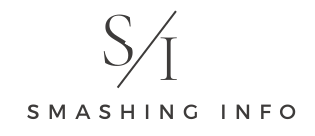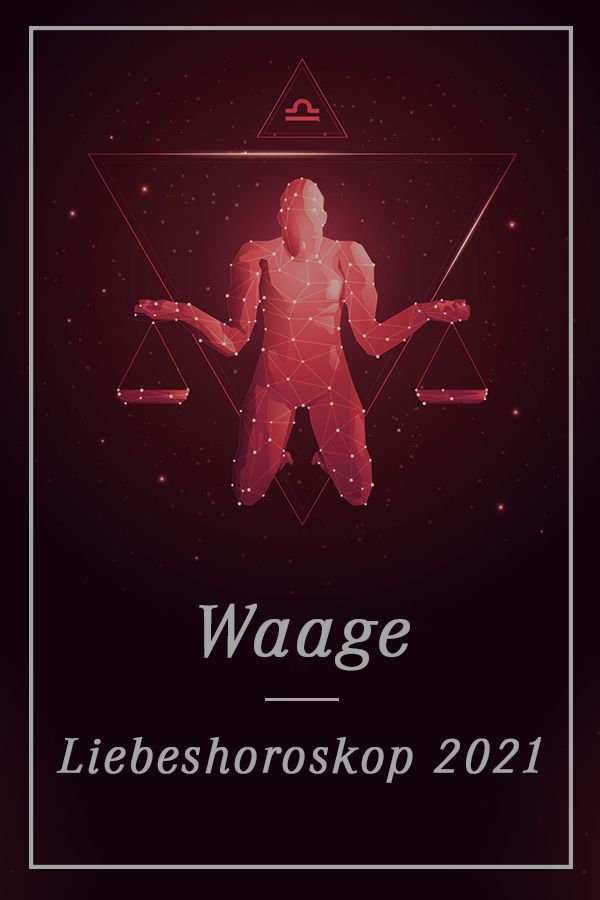digitalvisioninfo.blogspot.com
Digitalvisioninfo.blogspot.com: DigitalVision is a provider of creative content, including stock photos, illustrations, and footage, for use in various media projects. The company was founded in 2000 and is headquartered in London, UK.
DigitalVision offers a vast collection of high-quality visual content created by talented artists and photographers from around the world. Their library contains millions of images, videos, and illustrations covering a wide range of topics, including business, lifestyle, travel, nature, and more.
DigitalVision’s clients include advertising agencies, design firms, publishers, and other businesses that require visual content for their projects. The company has a user-friendly website where clients can browse and search for the content they need, purchase licenses, and download files instantly.
In addition to providing stock content, DigitalVision also offers custom content creation services, allowing clients to commission photographers and artists to create bespoke content tailored to their specific needs.
stock photos
Stock photos are professional photographs that are licensed for use in various media projects, such as advertisements, brochures, websites, and more. These photos are created by professional photographers or artists and are made available to the public through stock photography agencies.
Stock photos are used by businesses, organizations, and individuals to enhance the visual appeal of their projects, as well as to convey specific messages or emotions. They can be used to illustrate a particular concept, showcase a product, or simply add visual interest to a design.
Stock photos are typically licensed for use on a royalty-free basis, meaning that once the license is purchased, the user can use the photo as many times as they want, without having to pay additional fees. However, there are different types of licenses available, with varying restrictions and usage rights.
Stock photography agencies, such as Shutterstock, Getty Images, and iStock, offer a vast collection of high-quality stock photos, covering a wide range of subjects and themes, making it easy for users to find the right photo for their project.

illustrations
Illustrations are visual representations of a subject or idea created by artists, designers, or illustrators. They can be used to convey a message or tell a story in a more engaging and creative way than with just words or photographs.
Illustrations can take many forms, including drawings, paintings, digital art, and more. They can be used in various media, such as books, magazines, advertising, websites, and social media.
Illustrations can serve different purposes, such as providing visual interest, explaining complex concepts, or conveying emotions. They can also be used to create branding or marketing materials, such as logos or infographics.
Illustrators and designers often use specialized software, such as Adobe Illustrator, to create digital illustrations, allowing for greater flexibility and ease of editing. They may also use traditional mediums, such as pen and ink or watercolor, to create hand-drawn illustrations.
Illustrations can be found on various online platforms, such as stock photography and illustration websites, where users can purchase licenses to use them in their projects. Many illustrators also offer custom illustration services, creating bespoke illustrations tailored to their client’s specific needs.
Also read: Geek with Style A Toronto Lifestyle Blog for Geeks
footage
Footage refers to video or film material that is recorded for use in various media projects, such as documentaries, news broadcasts, advertisements, and more. It can be used to capture live events, interviews, nature scenes, or anything else that can be recorded on camera.
Footage can take many forms, including raw footage, edited footage, and b-roll footage, which is used to provide context or visual interest in a video project. It can be shot using a variety of cameras and equipment, including professional cinema cameras, drones, and smartphones.
The footage is typically licensed for use on a royalty-free or rights-managed basis, meaning that once the license is purchased, the user can use the footage in their project according to the terms of the license. The license may specify the duration, location, or purpose of use, as well as any restrictions on the use of the footage.
There are many stock footage agencies, such as Shutterstock, Getty Images, and Pond5, that offer a vast collection of high-quality footage that can be licensed for use in various projects. These agencies make it easy for users to search and find the right footage for their project, with options for different resolutions, formats, and genres.
media projects
Media projects refer to any creative endeavor that involves the use of various forms of media, such as video, audio, images, or text. These projects can take many forms and serve different purposes, such as entertainment, education, advertising, or communication.
Some examples of media projects include:
- Film and video productions: such as movies, TV shows, documentaries, and promotional videos.
- Audio productions: such as music albums, podcasts, radio shows, and soundtracks.
- Visual arts: such as photography, illustration, graphic design, and animation.
- Written content: such as books, articles, blogs, and social media posts.
- Advertising and marketing campaigns: such as commercials, billboards, and online ads.
- Educational materials: such as e-learning courses, textbooks, and instructional videos.
Media projects can be created by individuals, businesses, or organizations, and can be distributed through various channels, such as TV, radio, print media, or the Internet. With the rise of digital media, the creation and distribution of media projects have become more accessible to a broader audience, allowing for more diverse and innovative projects to be created.
a vast collection of high-quality
When referring to a “vast collection of high-quality” in the context of digital content, such as photos, illustrations, or footage, it typically means that the content library is extensive and contains a large number of high-quality assets.
A vast collection means that there is a wide variety of content available, covering different themes, subjects, and styles. This can make it easier for users to find the right asset for their project, as they have more options to choose from.
High-quality content refers to digital assets that are of professional quality and meet certain standards in terms of resolution, composition, and clarity. High-quality content is essential for producing visually appealing media projects that look polished and professional.
Many stock content providers, such as Shutterstock, Getty Images, and Adobe Stock, offer a vast collection of high-quality content, created by professional photographers, illustrators, and videographers from around the world. These platforms often have a rigorous screening process to ensure that the content they offer meets their high standards for quality and usability.
Pros
Some potential pros of using stock content in media projects include:
- Cost-effective: Purchasing stock content is often more cost-effective than creating custom content from scratch, especially for smaller projects or businesses with limited budgets.
- Time-efficient: Stock content can be downloaded and used immediately, saving time on creating or sourcing custom content.
- Wide selection: Stock content providers offer a vast collection of high-quality assets, making it easy to find the right asset for a particular project.
- Consistent quality: Stock content is typically created by professional photographers, illustrators, and videographers, ensuring consistent quality across different assets.
- Licensing options: Stock content is usually licensed for use under specific terms, making it easier for users to understand and comply with copyright and usage restrictions.
- Flexibility: Stock content can be used in various media projects, such as websites, social media, advertising, and more, making it a versatile option for different needs.
- International reach: Stock content providers often offer content from photographers and artists from all around the world, providing a broader range of perspectives and cultural diversity.
Overall, using stock content can be a convenient and cost-effective way to enhance media projects and achieve professional results.
Cons
Some potential cons of using stock content in media projects include:
- Lack of originality: Stock content is used by many people, so it may lack the originality and uniqueness of custom content.
- Limited customization: Stock content is not always customizable, so it may not fit the specific needs or vision of a particular project.
- Licensing restrictions: Stock content is typically licensed for specific uses and may have restrictions on how it can be used, which can limit its flexibility and usefulness in some projects.
- Overuse: Stock content can become overused or cliché, leading to a lack of freshness and creativity in media projects.
- Brand inconsistency: Using stock content from different sources can result in a lack of consistency in visual branding and messaging.
- Quality issues: While most stock content is of high quality, there may be some lower quality or outdated assets available that can detract from the overall quality of a project.
- Legal risks: Using stock content without proper licensing or permission can result in legal issues, such as copyright infringement or breach of contract.
Overall, while stock content can be a useful resource for media projects, it is important to weigh the pros and cons and consider the specific needs of each project before deciding to use stock content.







